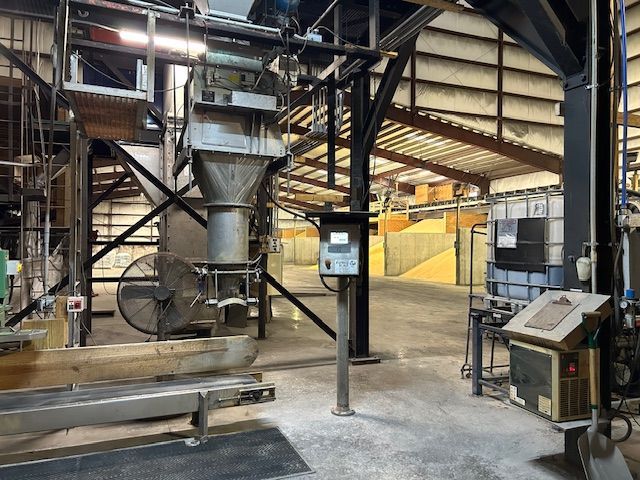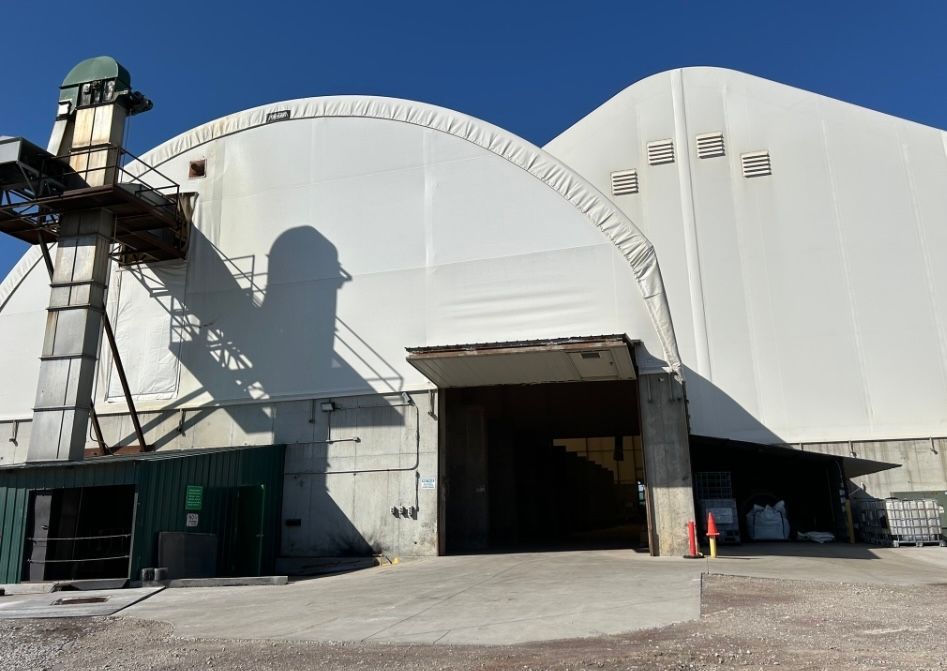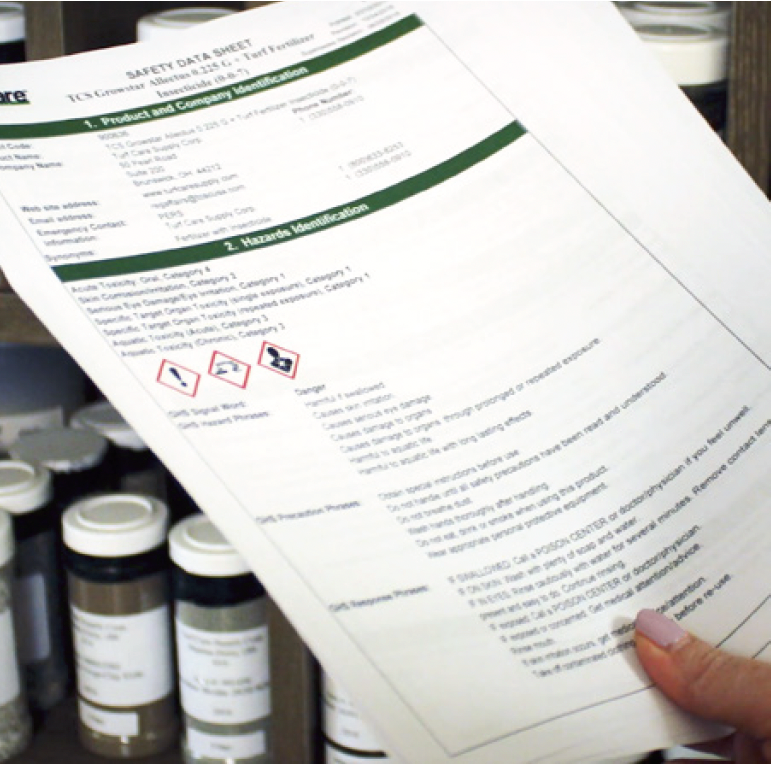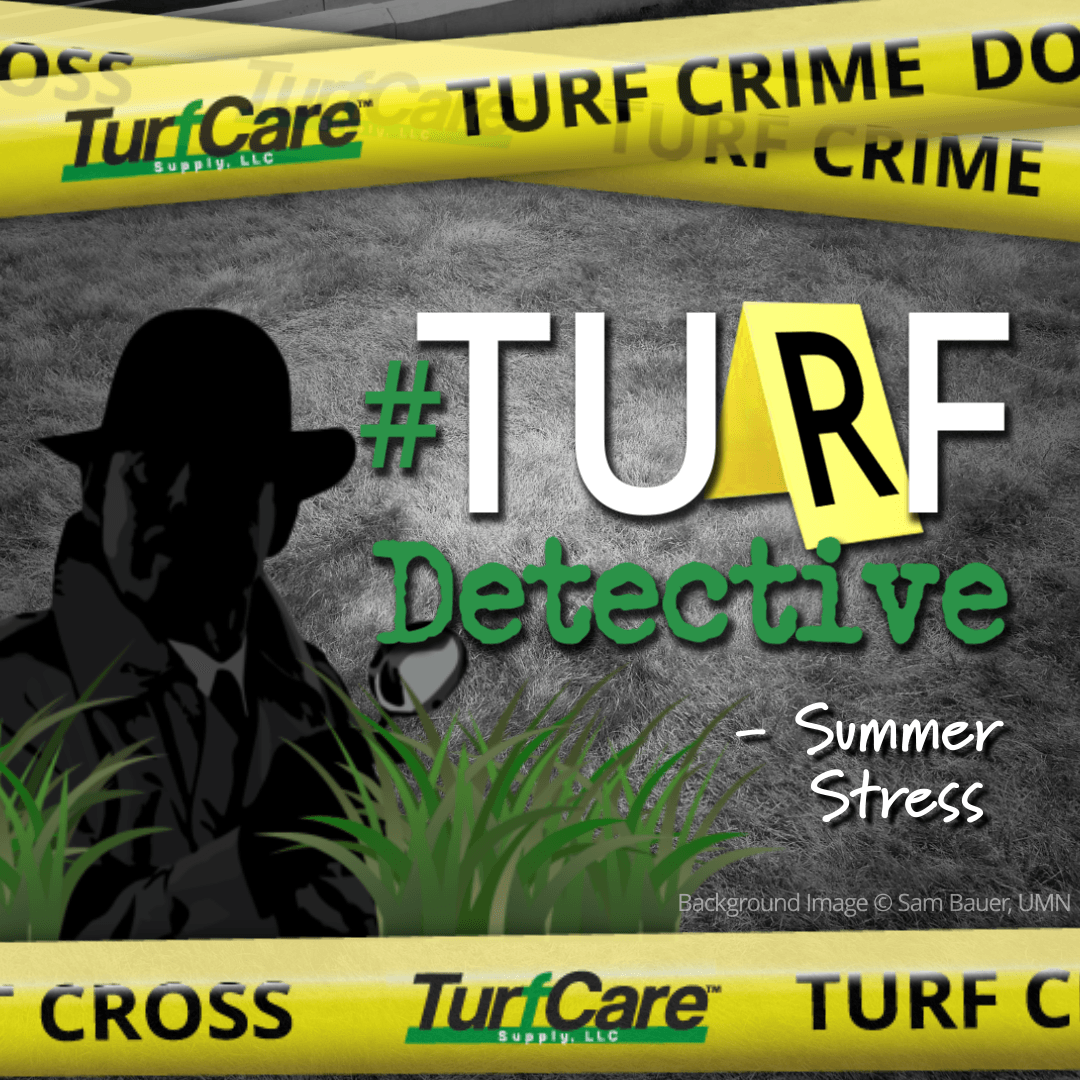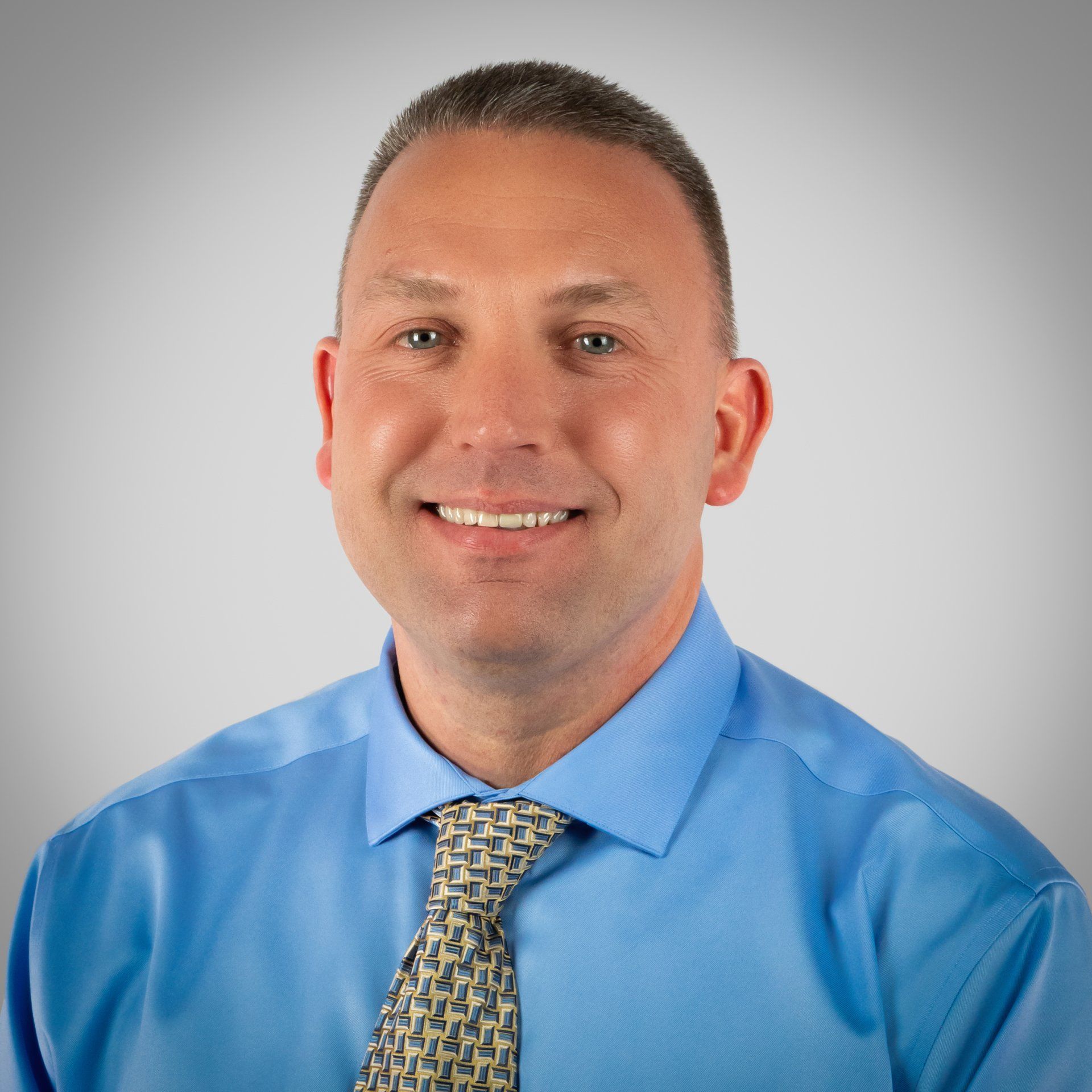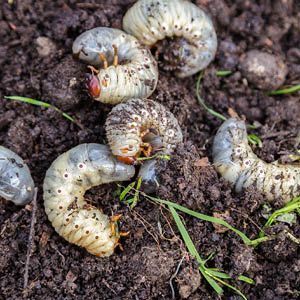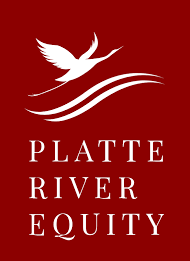JOE KNOWS! Biosolids
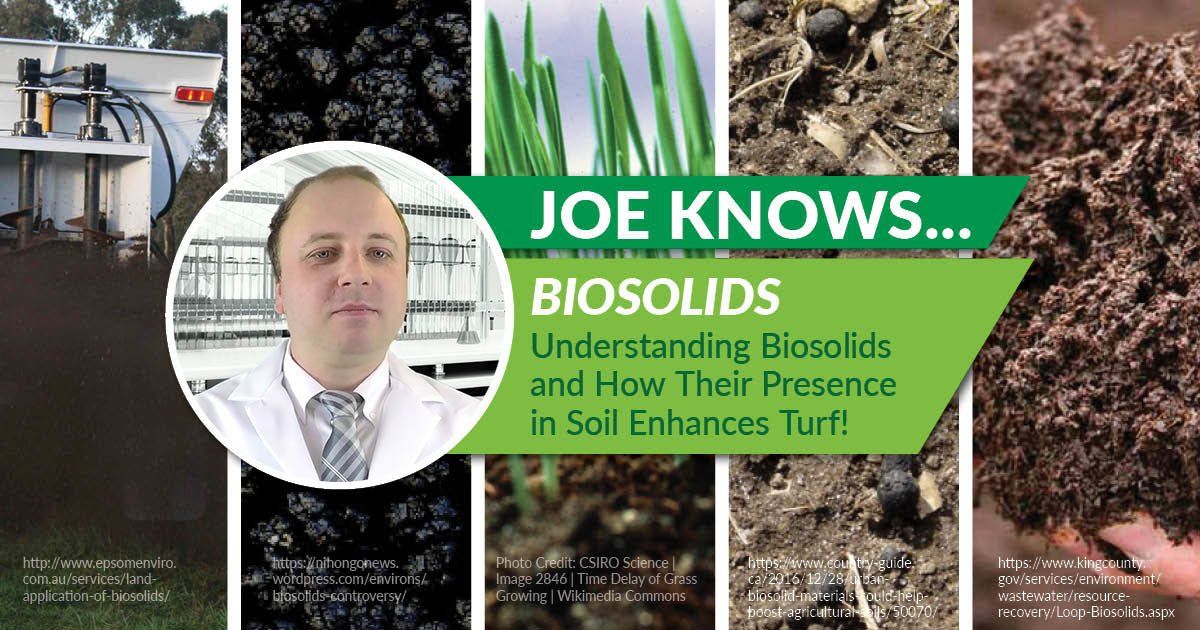
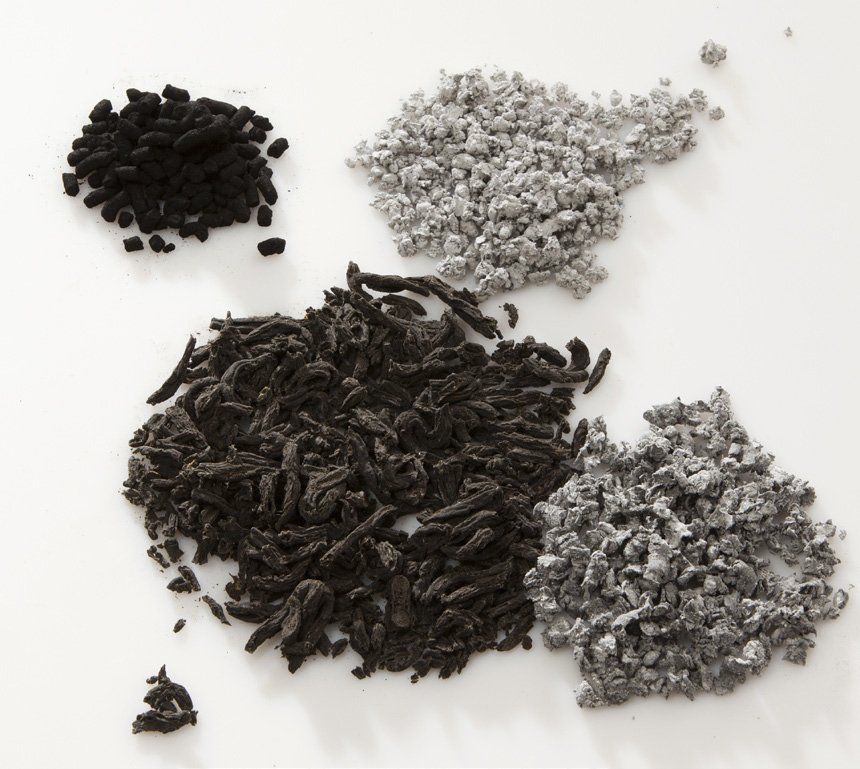
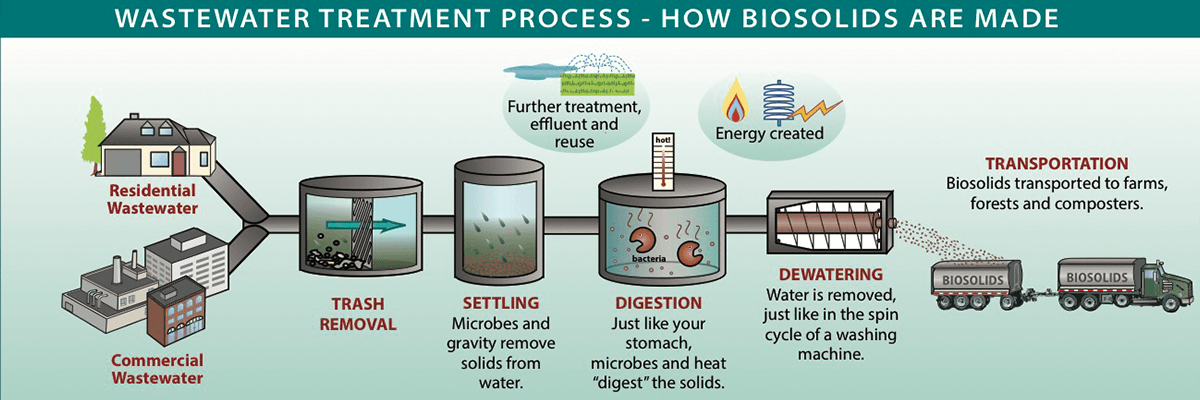
Conversely, because Class A biosolids have unrestricted use (in terms of where they can be used, NOT in terms of application rate), EPA and state regulatory agencies are much stricter regarding quality control. Class A biosolids must meet fecal coliform and salmonella pathogen standards and have regulated time/temp and pH/temp monitoring. With Class A-EQ biosolids, extremely low heavy metal limits are imposed (general Class A standards must also still be met). State and local regulatory departments may also have certain odor and handling standards which must be achieved before these products may be marketed, sold, or disposed of.
HOW BIOSOLIDS ENHANCE TURF AND OTHER PLANTS?
Biosolids are generally an environmental friendly source of N-P-K nutrients (when applied at the recommended application rate), allowing the user to apply less synthetic N-P-K fertilizer to the soil. Biosolids are a safe, excellent source of organic material which can be used to enhance soil structure and increase a soil’s water holding capacity. Biosolids have been proven to increase macro and micronutrient uptake in plants, as well as amend low-fertility soils. Biosolids contain significantly fewer pathogens than straight animal manure so they are generally a healthier organic fertilizer choice for turf, ornamentals, and vegetable gardens. '
NUTRIENT CLAIMS
From an analysis standpoint, biosolids are relatively low in nutrients compared to synthetic fertilizers, however much of the benefit to plants comes from the infusion of organic material into soils, not just N-P-K counts. Organic matter (partially biodegraded cellular material) can chelate micronutrients in the soil and increase the soil’s water holding capacity. Some biosolids also contain trace micronutrients such as iron, magnesium and manganese. A typical biosolid analysis looks something like this:
- 5-3-1
- 4-2-0
- 3-2-1
APPLICATION RESTRICTIONS (FEDERAL, STATE, AND LOCAL)
Each state and municipality has its own rules and restrictions regarding the application of biosolids on different land types (farmland vs. residential lawn, etc.). Many states also restrict the amount of phosphorus that can be applied due to the risk of waterway contamination (leading to toxic algal blooms). Before purchasing pelletized biosolids or fertilizers mixed with biosolids, check with federal, state and local authorities to ensure that biosolids are permitted for use in your area. When applying, make sure to follow the instructions on the label. Ensure you do not exceed application rate restrictions.
For professional fertilizers, humic and AMP-XC™ enriched products available, please visit TurfCare’s online Product Catalog.
For green industry professionals or others interested in ordering Turfcare products, please contact our Customer Service to find a distributor near you.
The TURFReport Highlights:
Additional Articles and Insights
